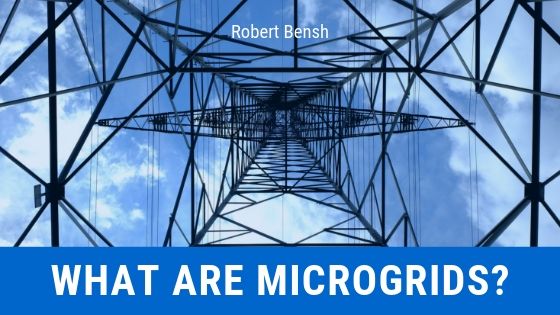Microgrids are a necessary supplement to major power grids. When central power grids are compromised due to weather, repairs or other issues, a microgrid is capable of running autonomously. In this way, a microgrid can prevent complete and total power loss to an entire region. The following is how microgrids work to keep things up and running.
Reliable Energy Infrastructure
Developed countries have large power grids that provide electricity to major cities and towns. However, when these large grids are compromised, critical power outages can result. While hospitals, jails, and other facilities operate their own back-up generators, these generators can falter. Microgrids are more powerful than single generators and are also more affordable because their costs are shared by multiple users.
For instance, during hot summer weather, a large power grid is under a significant amount of stress. A major hospital in the region may decide to separate from the larger power grid by activating a microgrid meant solely for the hospital’s campus or surrounding area. If the rest of the grid suffers from a black-out or brown-out, the hospital’s microgrid is undisturbed.
The Four Necessary Parts of a Microgrid
Some microgrids are considered “islands” because they are not connected to a larger grid. These grids use batteries, solar panels, or other energy sources.
Microgrids that source energy from the main power grid have the capacity to break off from the main grid and use stored energy from the grid or from its own energy source. Energy management systems can disconnect from a source automatically or manually.
Here are four components of all microgrids:
- Energy Source
- Energy Management System
- Energy Storage Component
- Energy-powered Devices
Microgrids that are connected to macro grids require a utility connection in addition to the components listed above.
Energy Conservation and Sustainability
Communities interested in microgrids are looking for ways to monitor and reduce their energy consumption. These communities can produce their own energy through solar panels or other sources as well as attach to a larger grid. In this manner, communities have a greater awareness of the energy they consume and the energy they produce and can create an energy policy that balances production and consumption.
Microgrids are an important part of the energy sector. They are responsible for ensuring that people always receive the power they need, even when a central power grid goes down.

